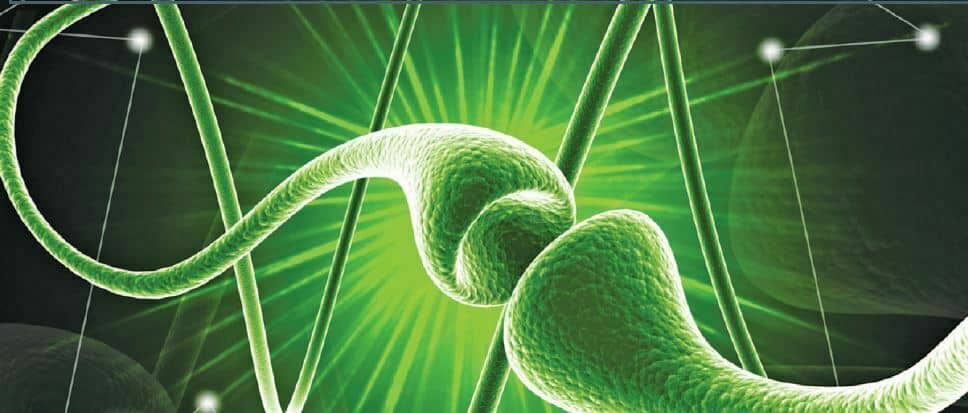A study of the brains of mice shows that structural deterioration associated with old age can be prevented by long-term aerobic exercise starting in mid-life, according to a research article published in PLOS Biology. Researchers found that structural changes that make the blood-brain barrier leaky and result in inflammation of brain tissues in old mice can be mitigated by allowing the animals to run regularly, so providing a potential explanation for the beneficial effects of exercise on dementia in humans.
Physical activity is already known to ameliorate the cognitive decline and sensorimotor deficits seen in old age in humans as well as in mice. To investigate the impact of long-term physical exercise on the brain changes seen in the aging mice, the researchers provided the animals with a running wheel from 12 months old (equivalent to middle aged in humans) and assessed their brains at 18 months (equivalent to ~60yrs old in humans, when the risk of Alzheimer’s disease is greatly increased). Young and old mice alike ran about two miles per night, and this physical activity improved the ability and motivation of the old mice to engage in the typical spontaneous behaviors that seem to be affected by aging. This exercise significantly reduced age-related pericyte loss in the brain cortex and improved other indicators of dysfunction of the vascular system and blood-brain barrier.
Source: PLOS Biology

